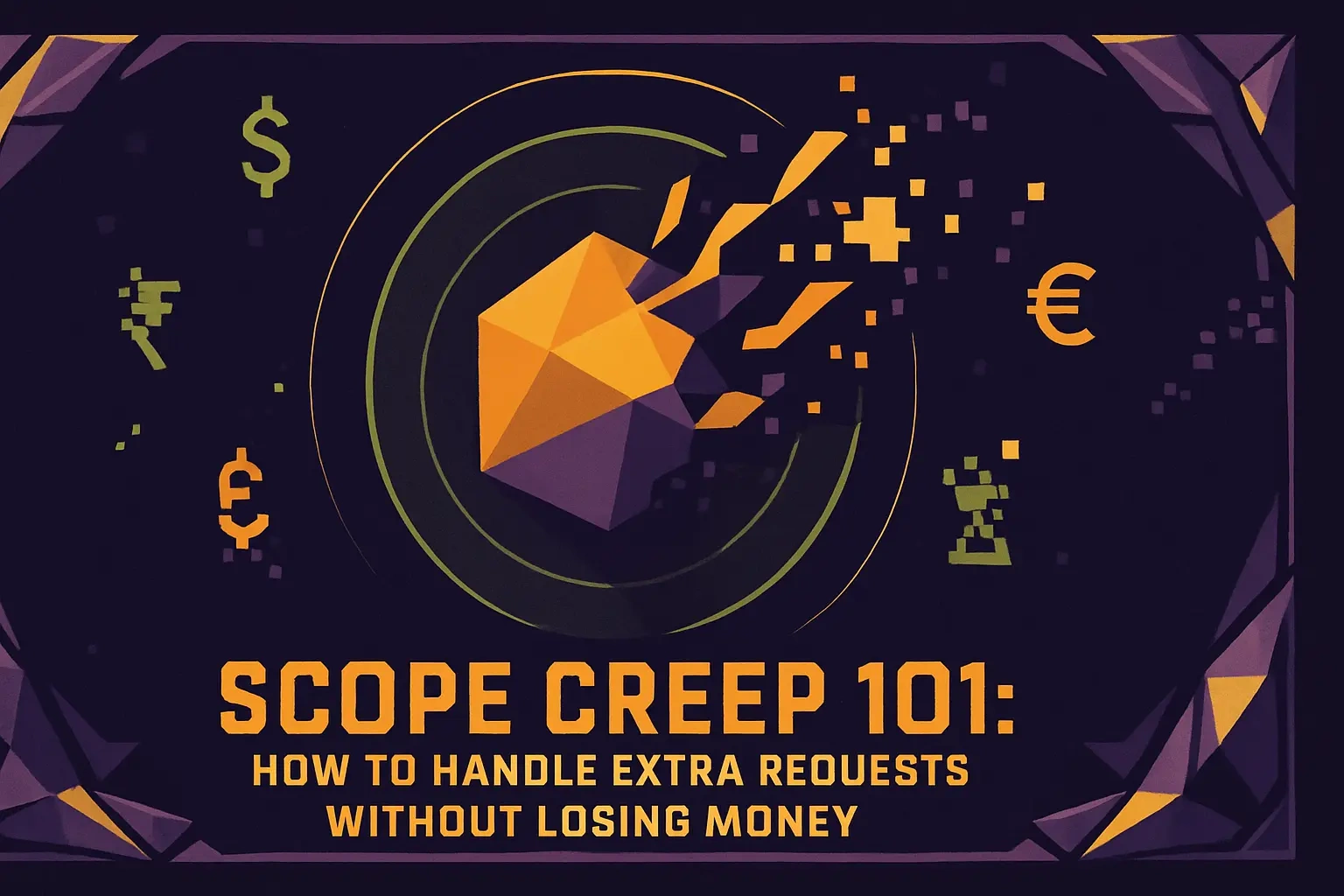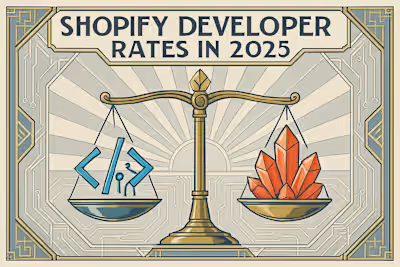Scope Creep 101: How to Handle Extra Requests Without Losing Money

Scope Creep 101: How to Handle Extra Requests Without Losing Money
The First Line of Defense: A Rock-Solid Contract
Defining the Scope of Work (SOW) with Precision
The Change Order Process Clause
Specifying Revision Rounds
Proactive Communication and Boundary Setting
Reinforcing Scope in Kickoff Meetings
Identifying and Addressing Scope Creep Early
Documenting Everything
The Art of Saying 'No' (or 'Yes, and...')
The Polite Pushback
Turning Scope Creep into a New Opportunity
Pricing Additional Work
When to Be Flexible
The Value of a Small 'Yes'
Documenting 'Goodwill' Changes
Conclusion
References
Scope Creep 101: How to Handle Extra Requests Without Losing Money
The First Line of Defense: A Rock-Solid Contract
Defining the Scope of Work (SOW) with Precision
The Change Order Process Clause
Specifying Revision Rounds
Proactive Communication and Boundary Setting
Reinforcing Scope in Kickoff Meetings
Identifying and Addressing Scope Creep Early
Documenting Everything
The Art of Saying 'No' (or 'Yes, and...')
The Polite Pushback
Turning Scope Creep into a New Opportunity
Pricing Additional Work
When to Be Flexible
The Value of a Small 'Yes'
Documenting 'Goodwill' Changes
Conclusion
References
Posted Jul 4, 2025
Don't let scope creep derail your freelance projects. Learn how to define project scope, manage extra requests, and protect your profits with clear contracts and communication.









